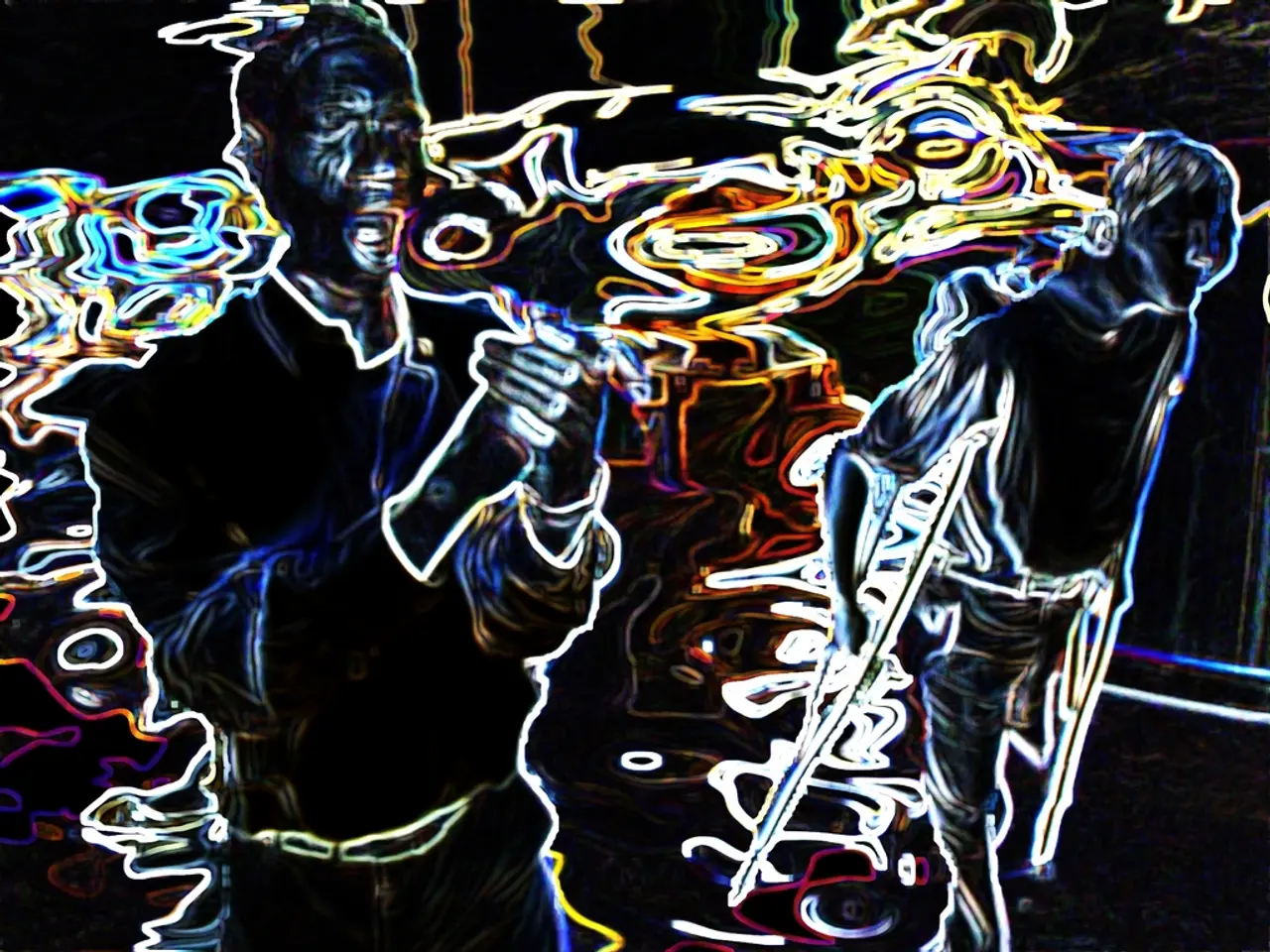Film Spectacles or Amusement Showcases
================================================================================
The early days of cinema were marked by the Cinema of Attractions, a style that showcased the transition from pure spectacle to narrative filmmaking. This era, popular in the late 19th and early 20th centuries, prioritised visual novelty and spectacle over storytelling, creating a visceral experience for audiences.
Key figures in the Cinema of Attractions include the Lumière brothers, Georges Méliès, Thomas Edison and his collaborators, and the Pathé brothers. Each made significant contributions to early filmmaking by developing innovative techniques, narrative forms, and distribution models.
The Lumière brothers, Louis and Auguste, invented the cinématographe, a camera and projector system, and screened some of the first films to public audiences in 1895. Their films, such as Workers Leaving the Lumière Factory, were among the earliest examples of real-life moving images presented as attractions to amaze audiences. They also contributed to early film narrative formats through comedy and gag movies, pioneering documentary and newsreel filming as well.
Georges Méliès, a French magician turned filmmaker, pioneered many special effects techniques like substitution splices, multiple exposures, and hand-painted color. His films, such as A Trip to the Moon (1902), popularised fantasy/science fiction and the use of narrative storytelling in film. Méliès experimented with camera movement and illusion, creating "trick films" that amazed viewers with visual effects and narrative innovations.
Thomas Edison’s studio produced early special effect films like The Execution of Mary Stuart (1895), using stop trick effects. Edwin S. Porter, inspired by Méliès and others, introduced editing techniques to create continuous stories, such as in Life of an American Fireman (1902) and The Great Train Robbery (1903). Porter’s works helped establish the Western genre and the use of parallel editing to show simultaneous actions, boosting film popularity.
The Pathé brothers expanded French film production and distribution, built studios, and innovated by renting films rather than selling them, creating a distribution monopoly. They encouraged collaboration between stage actors and film to establish prestige for cinema, leading to the development of films d'art—artistic narrative films.
These pioneers collectively shifted cinema from simple visual "attractions" to increasingly complex narrative storytelling and technical artistry, laying the foundation for the modern film industry. The Cinema of Attractions era was characterized by films designed more to dazzle and amaze audiences through spectacle and novelty than to tell extended stories. However, these efforts by early innovators set the stage for narrative and technical filmmaking developments that followed.
Elements of the Cinema of Attractions continued to influence action films, musicals, and horror, even as storytelling became dominant in the 1910s. Edwin S. Porter directed "The Great Train Robbery" (1903), a film that introduced continuity editing and created the foundation for eventual narrative cinema, while still incorporating elements of the Cinema of Attractions.
Modern filmmaking, particularly Hollywood blockbusters, continues to incorporate elements of the Cinema of Attractions, driven by CGI and grand spectacle. The rise of IMAX and 3D further echoes early cinema's emphasis on visual wonder, turning audiences into active participants in cinematic experiences. They were a precursor to modern-day blockbusters, creating a sense of awe and excitement.
The term "Cinema of Attractions" was coined by film scholar Tom Gunning. These films were typically short, featuring stunts, optical illusions, and special effects. The Lumière Brothers' film, "Arrival of a Train at La Ciotat" (1895), had a significant impact on audiences, with many reportedly startled by the life-like movement of the train. Filmmakers experimented with motion, editing, and special effects to showcase the possibilities of the new medium.
In summary, the pioneers of the Cinema of Attractions significantly contributed to shaping the early film industry by combining technical innovation with emerging narrative forms, pushing early filmmaking beyond simple novelty toward a structured art form and industry.
| Pioneer/Group | Key Contribution(s) | Notable Works/Innovations | |--------------------|----------------------------------------------------------------|------------------------------------------------------------| | Lumière brothers | Invented cinématographe; early documentaries; film screening | Workers Leaving the Lumière Factory (1895) | | Georges Méliès | Special effects and trick films; narrative storytelling | A Trip to the Moon (1902), substitution splices | | Thomas Edison & Porter | Early special effects; editing techniques for storytelling | The Execution of Mary Stuart (1895), The Great Train Robbery (1903) | | Pathé brothers | Film production, distribution innovations; promoting films d'art | Film rental model; film studios in Vincennes, France |
Experimental filmmakers, like Georges Méliès, employed innovative techniques such as substitution splices, multiple exposures, and hand-painted color in their work, pushing the boundaries of visual storytelling in experimental films. As film movements evolve, technology continues to play a crucial role, enabling filmmakers to create stunning visual effects and immerse audiences in cinematic experiences akin to those offered by early attractions, as seen in modern-day blockbusters with CGI and grand spectacle.




